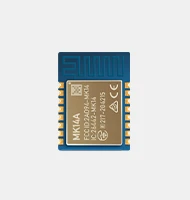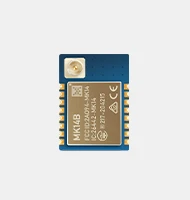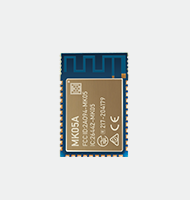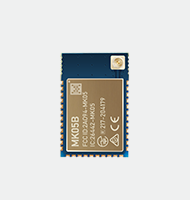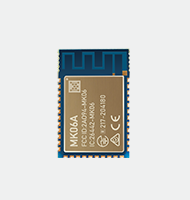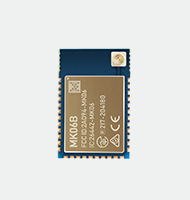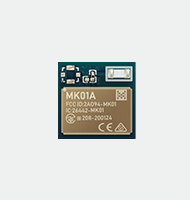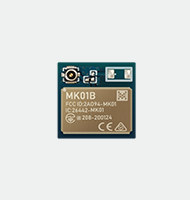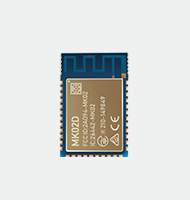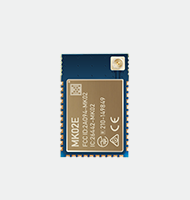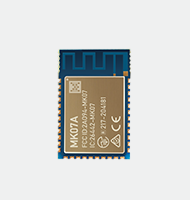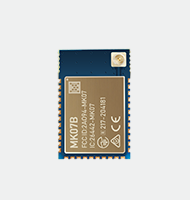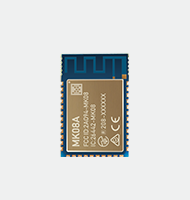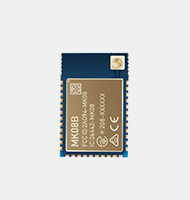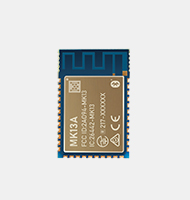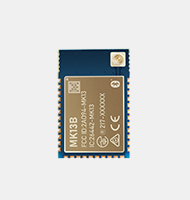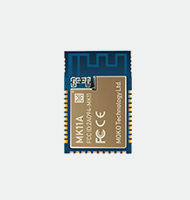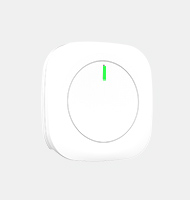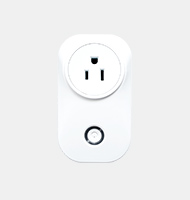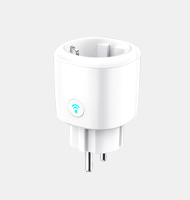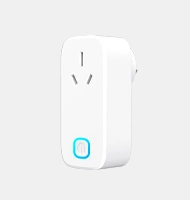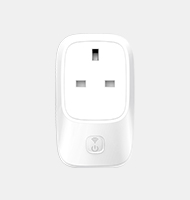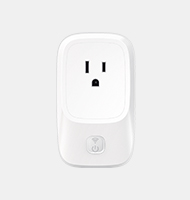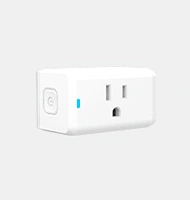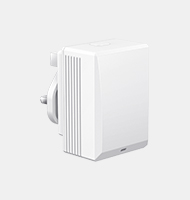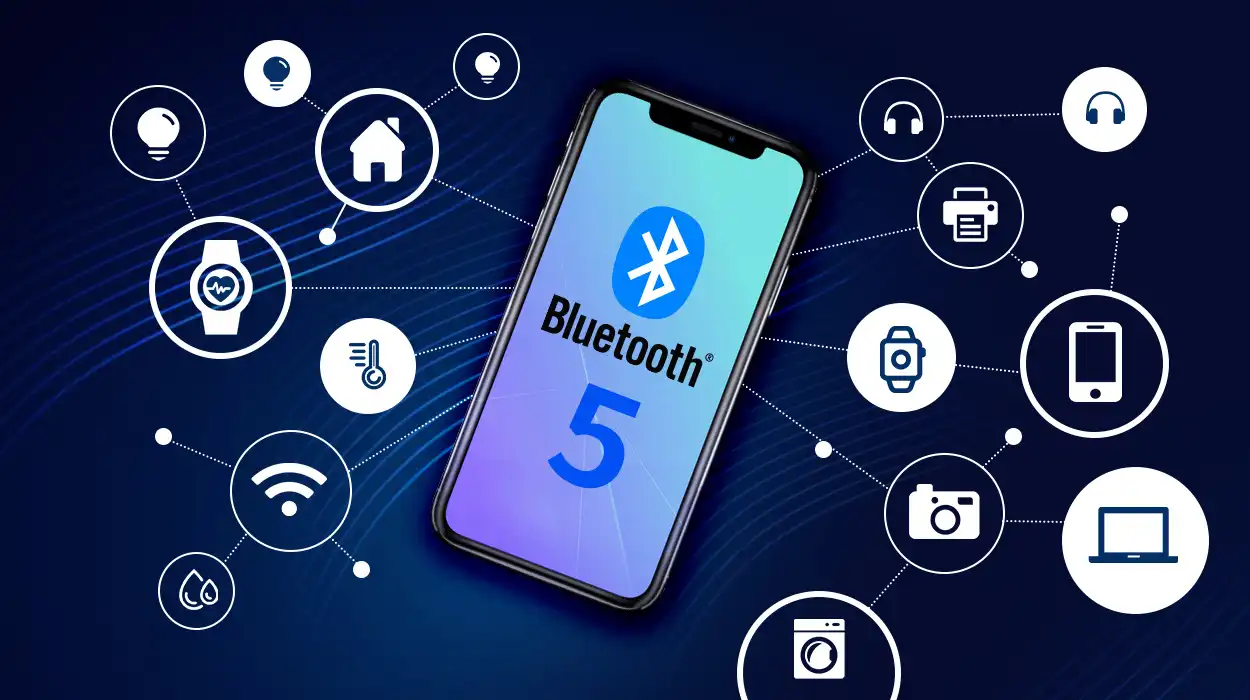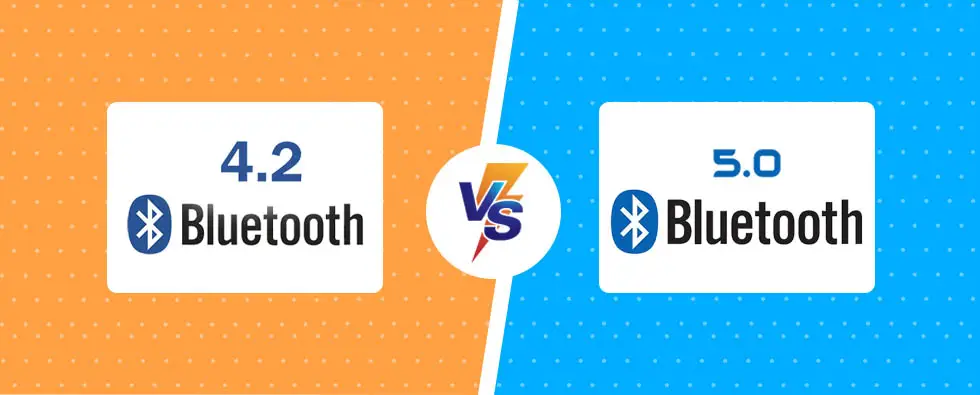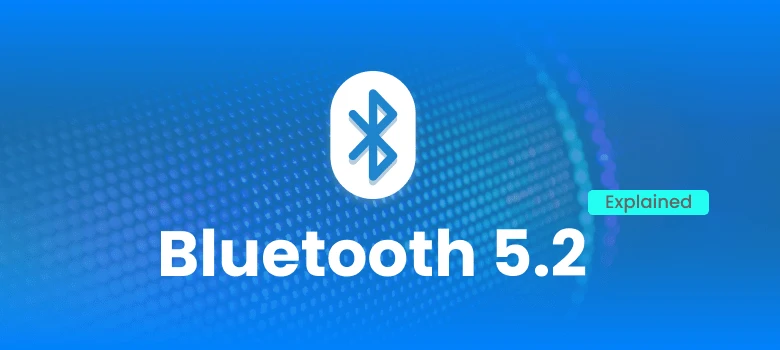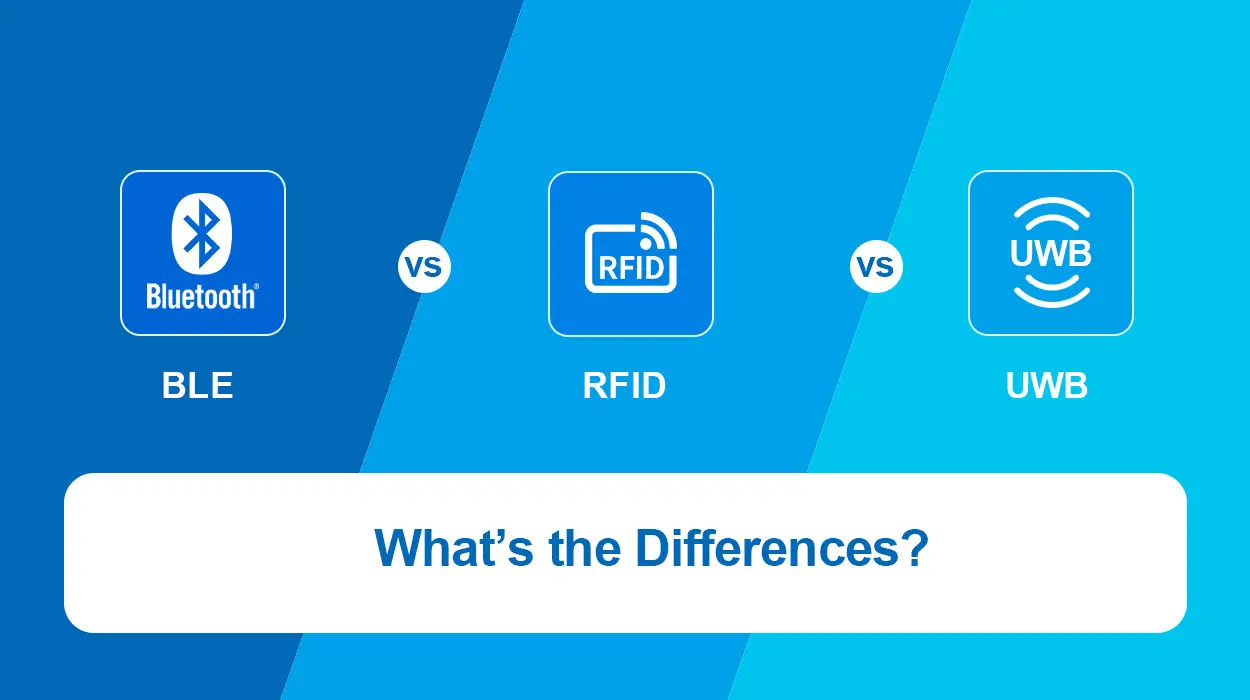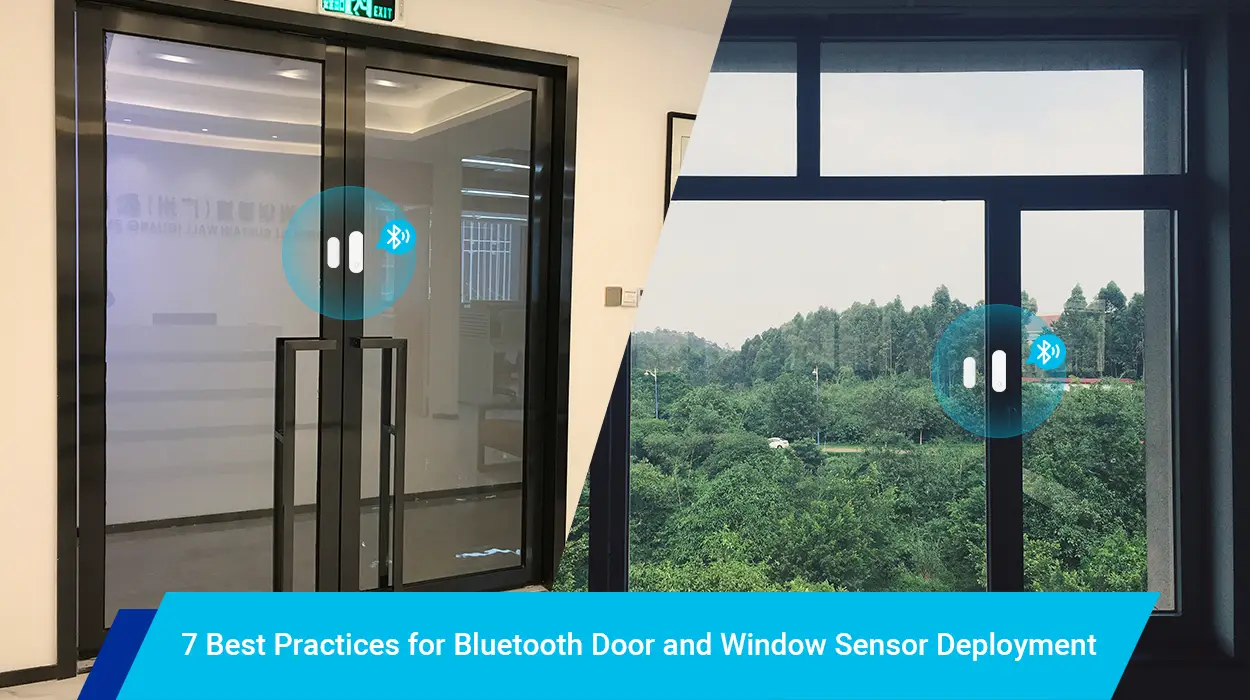Do you know that it took more than 15 years since the introduction of Bluetooth technology for Bluetooth 5.0 to emerge? Bluetooth is found in almost every device, from smartphones and smartwatches to wireless headsets and wireless mice. The latest versions have great additional features that are unsupported by older versions. This article will explore the difference between Bluetooth versions, the specifications of different Bluetooth versions, ranges of Bluetooth devices by class, and reasons you should update your Bluetooth to version 5.2.
Bluetooth versions’ main differences are that the most recent Bluetooth versions provide a high data transfer speed. Their connection range and stability are great, more energy-effective, and offer improved security than older Bluetooth versions.
Bluetooth Classic: Version 1.0 – 3.0
We have 3 factors that enable someone to distinguish the different Bluetooth versions. They are power consumption, range, and data speed. Data packets used and modulation schemes are the primary determinants of these factors. The first Bluetooth version’s release paved the way for the emergence of wireless items such as speakers, headphones, Bluetooth beacons, and game controllers used today.
Bluetooth Low Energy: Versions 4.0 – 5.0
Bluetooth 4.0 was announced to the marketplace forming a new grouping named Bluetooth Low Energy (BLE). It was geared towards installing applications that require low power consumption and a GFSK modulation scheme that would enable it to return insufficient data output of 1Mbps. Even though its maximum data output is 1Mbps, BLE is still unsuitable for products that need continuous data streaming.
Specifications and features from Bluetooth 1.0 to Bluetooth 5.0
Bluetooth technology has come a long way since its inception in 1998. From Bluetooth 1.0 to the latest Bluetooth 5.2, each version has brought significant advancements and new features to the world of wireless connectivity. Let’s dive into the Bluetooth version history and discover the progress made from Bluetooth 1.0 to Bluetooth 5.2.
a) Bluetooth 1.0
It was invented in 1998 and was a significant groundbreaking discovery. As the technology was somehow immature, challenges such as no anonymity were encountered, but the technology is now outmoded by today’s standards.
Some of the minor challenges were fixed by Bluetooth version 1.1, but the most significant problems were fixed after Bluetooth version 1.2. Significant improvements included sustenance for adaptive frequency-hopping spread spectrum (AFH) that minimized interference, quicker speed transmissions of close to 721kbit/s, Host Controller Interface (HCI), improved discovery, and Extended Synchronous Connections (ESCO).
b) Bluetooth 2.0
This version of 2.0 was released in 2004. GFSK and phase-shift keying modulation (PSK) are some of the main improved features in this version. The role of GFSK is to improve the speed of data transfer by supporting the Enhanced Data Rate (EDR).
The technology improved further after the launch of Bluetooth version 2.1 by supporting a new feature dubbed “simple, secure pairing” (SSP). It enhanced the pairing experience, security, and extended inquiry response (EIR), thus allowing improved devices’ filtering before establishing a connection.
c) Bluetooth 3.0
This Bluetooth version was announced on the market in 2009. Over a collocated 802.11 link, Bluetooth 3.0 through the High Speed (HS) mode enables the transfer of data with speeds of up to 24 Mbps. Bluetooth version 3.0 comes with other new specifications such as Ultra-wideband, Enhanced Power Control, L2CAP Enhanced modes, Unicast Connectionless Data, and Alternate MAC/PHY. Its high rate of power consumption has significant drawbacks.
d) Bluetooth 4.0
Bluetooth version 4.0 was released in 2010. Back in those days, the version was marketed as Bluetooth Smart and Wibree, although it still supported all the previous versions’ features. BLE devices are powered by coin-cell batteries making power consumption a significant change.
e) Bluetooth version 4.1
Bluetooth version 4.1 was released in 2013, hence improving the users’ experience further. This version enabled easy transfers of bulk data. It also allowed multiple simultaneous roles and co-existed with LTE.
Other new features supported by this version include:
- 11n PAL
- Minor duty cycle directed publicizing
- Partial time of discovery
- L2CAP Connection
- Dual-mode and topology
- LE link-layer topology
- Comprehensive interlaced scanning
- A fast interval of data advertising
- Mobile wireless coexistence signaling services
- Wideband speech from audio architecture updates
f) Bluetooth version 4.2
After the release of Bluetooth version 4.2 in 2014, it made it possible for the release of the Internet of Things (IoT). MOKOBlue and other manufacturers are the first to enter the Bluetooth Internet of Things industry and also make a total contribution to the development of Bluetooth. Its main area of improvement includes:
- Link-layer privacy that extended the policies for scanner filters
- Low energy secure connection that extended the length of Data packets
- Version 6 of the Internet Protocol Support Profile (IPSP)
g) Bluetooth 5.0
The version was presented by Bluetooth SIG in 2016, although it was Sony in their product Xperia XZ Premium who first implemented this technology. Both Bluetooth 5 vs. 4.2 primarily focused on refining connectivity and experience of the Internet of Things (IoT), thereby offering a unified flow of data. Between Bluetooth 5.0 vs 5.1, the Bluetooth 5.1 range is a bit higher. Its main areas of improvement include:
- Slot Availability Mask (SAM)
- Extensions of LE Advertising
- 2 Mbit/s PHY for LE
- LE Channel Selection Algorithm #2
- Long-range LE Long
- Non-Connectable advertising high duty cycle
h) Bluetooth version 5.1
Bluetooth 5.1 was unconfined in 2019. When Bluetooth 5.0 vs. 5.1 are compared, version 5.1 was the first to support the Mesh-based model hierarchy. Its main improvement areas are;
- The angle of Departure (AoD) and Angle of Arrival (AoA)
- GATT Caching
- Periodic Advertising Sync Transfer
- Advertising Channel Index
i) Bluetooth Version 5.2
The latest Bluetooth version 5.2 was introduced by the Bluetooth SIG during the CES 2020 which was held in January 2020. This version was introduced into the market alongside the next generation of Bluetooth LE Audio. The most significant change made between Bluetooth 5.1 vs. 5.2 was that version 5.2 has Isochronous Channels (ISOC). Isochronous Channels support BLE devices with Bluetooth 5.2 or later, which acts as the base during the implementation of LE Audio. The other 3 features that come with Bluetooth version 5.2 are;
- Isochronous Channels (ISOC)
- Enhanced Attribute Protocol (EATT)
- LE Power Control (LEPC)
Bluetooth devices range by class
Bluetooth devices have 3 classes that compromise 3 standard anticipated ranges. Class 1 devices have a range of 328 feet or 100 meters, transmitting at 100 mW. Class 2 devices have a range of 33 feet or 10 meters, transmitting at 2.5 mW, whereas the range of Class 3 devices is less than 10 meters transmitting at 1 mW.
These are the anticipated ranges, where they can radically decrease due to an obstacle between the two devices, for instance, walls that weaken signals. Therefore, the transmitter’s strength, the device’s proximity obstruction, and the receiver’s sensitivity are the most common factors influencing the range of Bluetooth devices.
Bluetooth mesh version
Range in ft
Speed in (Mbit/s)
Class 1
100mW
100 meters
Class 2
2.5mW
10 meters
Class 2
1mW
Less than 10 meters
Differences between Bluetooth 5.0 vs 4.2
When New Bluetooth versions are used with compatible peripherals, they come with improvements. Before the invention of Bluetooth 4.2 back in 2014, the other major version of the standard, Bluetooth 4.0, was in 2011. On the other hand, Bluetooth 5.0 is configured with far better improvements than previous standards (Bluetooth 4.0 & 4.2). The specifications of Bluetooth 4.2 features are ratified. Hence it can be supported by everything ranging from mobile phones to beacons. The table below will highlight the typical basic features that differentiate Bluetooth 5.0 and Bluetooth 4.2 versions.
Features or Specifications
Bluetooth 4.2
Bluetooth 5.0
Speed
Bluetooth 4.2 speed is lower, only supporting about 1 Mbps
Higher speed supporting about 2 Mbps, twice the speed of the Bluetooth 4.2 version
Range
Bluetooth 4.2 range is low, only supporting 10 meters indoors and 50 meters Outdoors
Bluetooth 5.0 range is high, supporting 40 meters in indoor areas and 20 meters in outdoor locations in Line Of Sight (LOS), four times than Bluetooth 4.2 version
Power Requirement
High power requirement
Low power requirement
Message Capacity
Small message capacity of about 31 bytes. Its actual data payload gives 17 – 20 bytes
Large message capacity of about 255 bytes
Robustness to operate in a congested environment
Its robustness to operate in congested environs is less
Its robustness to work in congested areas is more
Battery Life
Short battery life
Longer battery life
Security Control
Less secure than Bluetooth 5.0
More secure than Bluetooth 4.2
Theoretical Data Throughput
It has a theoretical output of 1 Mbps
It has a theoretical output of 2 Mbps and an overhead of about 1.6 Mbps
Reliability
Less reliable
Highly reliable
Digital Life
Less good digital life than Bluetooth 4.0 vs. 5.0
Better digital life than Bluetooth 4.2
Support for IoT devices
Bluetooth 4.2 do not support IoT devices
It supports IoT devices
Bluetooth Beacon
Due to its lower speed and range, Beacons were less popular. Their message capacity is low, at about 31 bytes
With increased speed and range in Bluetooth 5.0 version, Beacons become more popular
Can Bluetooth 4.0 connect to multiple devices?
The Bluetooth version 4.0 specification has two modes of devices; dual-mode devices and single-mode devices. All passive Bluetooth 4.0 devices can implement both or either of the ways. The classic model (BR/EDR) and Low energy mode are the two Bluetooth version 4.0 modes.
To the question, A single-mode low-energy-only device cannot connect to classic mode devices. A dual-mode Bluetooth version 4.0 device can connect with several Bluetooth Low Energy (BLE) devices.
Differences between Bluetooth 5.0 vs 5.2
Bluetooth 5.0 and Bluetooth 5.2 are versions of the Bluetooth standard, with notable differences. Bluetooth 5.0 offers faster speeds, extended range, and enhanced energy efficiency. Bluetooth 5.2 builds upon this, introducing features like LE Audio for improved audio streaming, enhanced data broadcasting, Isochronous Channels for audio/video synchronization, and improvements in location-based services. The choice between the two depends on specific requirements and use cases.
| Feature | Bluetooth 5.0 | Bluetooth 5.2 |
| Data Transfer Speed | Faster speeds compared to Bluetooth 4.0 | Same as Bluetooth 5.0 |
| Range | Extended range | Same as Bluetooth 5.0 |
| Energy Efficiency | Improved compared to Bluetooth 4.0 | Same as Bluetooth 5.0 |
| LE Audio | Not supported | Multiple audio streams, better audio quality |
| Data Broadcasting | Basic capabilities | Enhanced efficiency in crowded environments |
| Isochronous Channels | Not supported | Synchronization of audio and video streams |
| Location-based Services | Basic capabilities | Precise positioning and direction finding |
Differences analysis on Bluetooth 4.0 vs. 4.1 vs. 4.2
New standards that add new features or more Hardware resources required for running more complicated protocols and algorithms are issued by the SIG each year. Hence, without the latest software, it becomes tough to eliminate old natural hardware. The main differences between the 3 versions are;
Bluetooth 4.0 vs. Bluetooth 4.1
- Increased rate of data transfer
Bluetooth version 4.1 has a single packet data of 20 bytes, while Bluetooth 4.1 has a maximum transfer maximum of 23 bytes. This raises the rate of data transfer by 15%. Modifying the transmission rate of 23 bytes when the chip is supporting Bluetooth version 4.0 is irrelevant as it drops the packet or complies with an error.
- Master-slave coexistence
The Bluetooth version 4.2 has an updated link-layer topology that allows concurrent master-slave coexistence and topology with master-to-multiple slave connection.
- Supports the 32-Bit UUID
The broadcast packet carries a 32-Bit UUID. This UUID is not about the attribute list that has the 16-bit and 128-bit. To obtain the full 128-bit UUID on Bluetooth version 4.1, you only need to broadcast the 32-Bit UUID mapping as it increases the active broadcast data length in a broadcast packet.
Bluetooth 4.1 vs. Bluetooth 4.2
- LE connection security
The AES-CCM encryption bases the specifications of pairing encryption links of Bluetooth versions 4.0 and 4.1; because Bluetooth 4.1 stocks identical keys, some dangers, and vulnerabilities might be cracked. The Diffie-Hellman Key Exchange algorithm encrypts the pairing link of Bluetooth version 4.2. Every Bluetooth 4.2 device has two keys; a private key and a public key. The user’s private key and the other party’s public key encrypt the encrypted file, while the receiver decrypts both the transmitting party’s private and public keys. This effectively prevents the intermediary from key event cracking.
- Privacy protection
Bluetooth continuously broadcasts a Bluetooth device address with a unique Bluetooth Mac address. The address is essential to some applications, for instance, a logistics tracking app that fixes logistics equipment as stated by Bluetooth device address.
- Improved data transmission rate
Regarding the transmission of single packet data, Bluetooth version 4.1 supports up to 23 bytes, whereas Bluetooth version 4.2 provides up to 255 bytes, thereby improving the data transmission rate.
Is Bluetooth 4.0 the same as BLE?
Bluetooth version 4.0 rebranding by the group controlling technology helped individuals differentiate Bluetooth Smart and Bluetooth Low Energy. The Bluetooth SIG stated that version 4.0 devices would be called Bluetooth Smart Ready and Bluetooth Smart to distinguish the products featuring this technology.
Bluetooth Smart will characterize a new class of Bluetooth 4.0 peripherals. It features sensor-type devices such as pedometers and heart-rate monitors specially made to collect unique data. Meanwhile, devices using dual-mode radios referred to as Bluetooth Smart Ready can handle both the Bluetooth 4.2 BLE technology and classic Bluetooth capabilities, for instance, connecting to a hands-free device or transferring files.
Why you should update your Bluetooth to 5.2
Since the introduction of Bluetooth 5.0 in December 2016, the technology has become more user-friendly and advanced. The Bluetooth SIG introduced into the market a radical Bluetooth version 5.2 receiver known as Bluetooth LE Audio on 7 January 2020. The version is modified with an LE Audio that enables multiple devices to share data. However, it has a limit of two devices where files can be transferred from a phone, tablet, or computer. Also, LE Audio gives a better audio experience to individuals with hearing problems. Some of the technical specifications of the latest Bluetooth Version 5.1 vs. 5.2 are;
1. Enhanced Attribute Protocol (EATT)
combination of enhancements to the Generic Attribute profile and an upgraded version of Attribute Protocol (ATT) lead to the birth of Enhanced Attribute Protocol (EATT). This new protocol enables end-users to reduce end-to-end latency with development in the sensitivity of applications.
2. Low Energy Power Control
Bluetooth 5.2 devices have an LE Power control that exercises an essential part in improving transmission power when two devices are connected. They can also enthusiastically demand transmission power changes to lower power usage and trade-off the signal’s quality.
Some benefits of LE Power control are;
I. Less power consumption.
ii. It enhances the receiver signal dependability.
iii. Growth of existing and upcoming wireless devices
3. Low Energy Isochronous Channels
Improved quality of sound hearing aids has been made promises by the introduction of Low Energy Isochronous Channels. The Isochronous Channels have made broadcasting and connection of sound to multiple devices possible. Also, multi-language audio systems have been developed due to this technology.
(a) Low Energy Audio
LE Audio transmits sound data on low-energy spectrum devices. A new compression algorithm is used to maintain the Bluetooth’s quality.
(b) LC3 – Low Complexity Communication Codec
LE Audio encompasses the new low robust and high-quality audio codec LC3. With better audio high-quality and less power consumption, inventors now have a colossal elasticity as they can design new wireless merchandise easily.
(c) Hearing Aid Improvements
Many individuals have benefited from Bluetooth technology, where wireless calling has made driving safer. Productivity has increased as people can take calls while driving to the office or home.
How to tell your smartphone’s Bluetooth version
Recognizing the Bluetooth version supported by your smartphone is essential. In case the latest Bluetooth standard version is installed in the devices connecting to your smartphone, its performance and efficiency will be great with less interference.
Therefore, before heading into a shop to buy Bluetooth accessories, here are methods that can help you to know the Bluetooth version of the accessory
Method 1: How to check the Bluetooth Version of an Android Phone:
- Step 1: Enable the device’s Bluetooth and tap on “Settings.”
- Step 2: Select the “ALL” tab in the application
- Step 3: Select Bluetooth share on the Bluetooth icon.
- Step 4: Check the Bluetooth version on the Application Info.
However, first, enable the Bluetooth’s power for this step to work effectively, or else the Bluetooth version info won’t show on the application.
Method 2: Check on the device Specification sheet
Method 1 doesn’t work for several devices, and in case it doesn’t work for you, read the device’s specification sheet to find its Bluetooth version. An all-inclusive database of smartphone specifications is available at Gsmarena, where a phone’s Bluetooth field can be searched.
Method 3: Install an Application of Bluetooth checker
On the other hand, the process can be more straightforward by installing a Bluetooth version checker on your device. Go to the google play store and find the best app, then do a quick search.
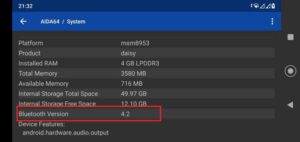
AIDA64 is the most recommendable application. You only need to download and install the application on your smartphone, tap on “system,” and scroll down to the Bluetooth row.
